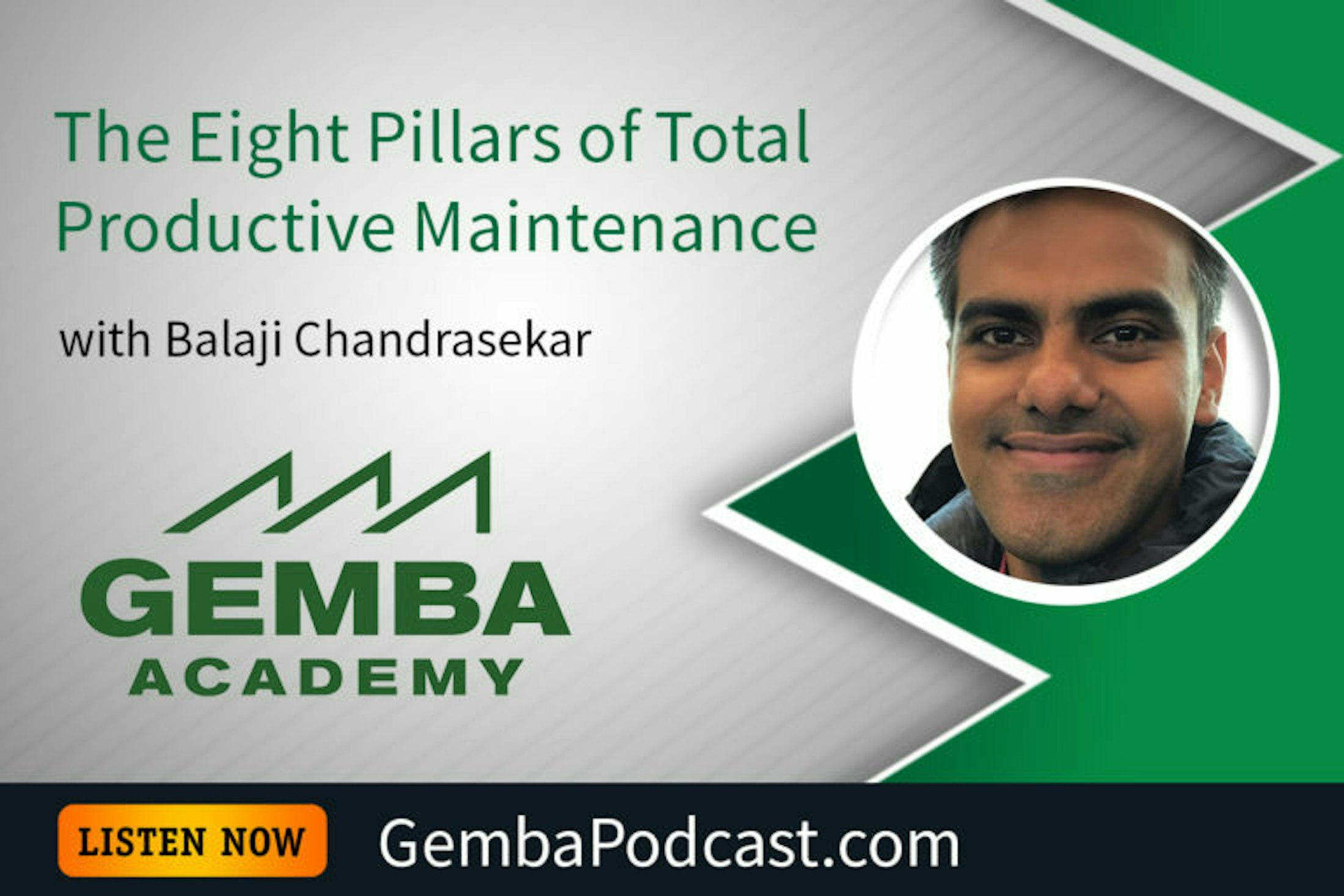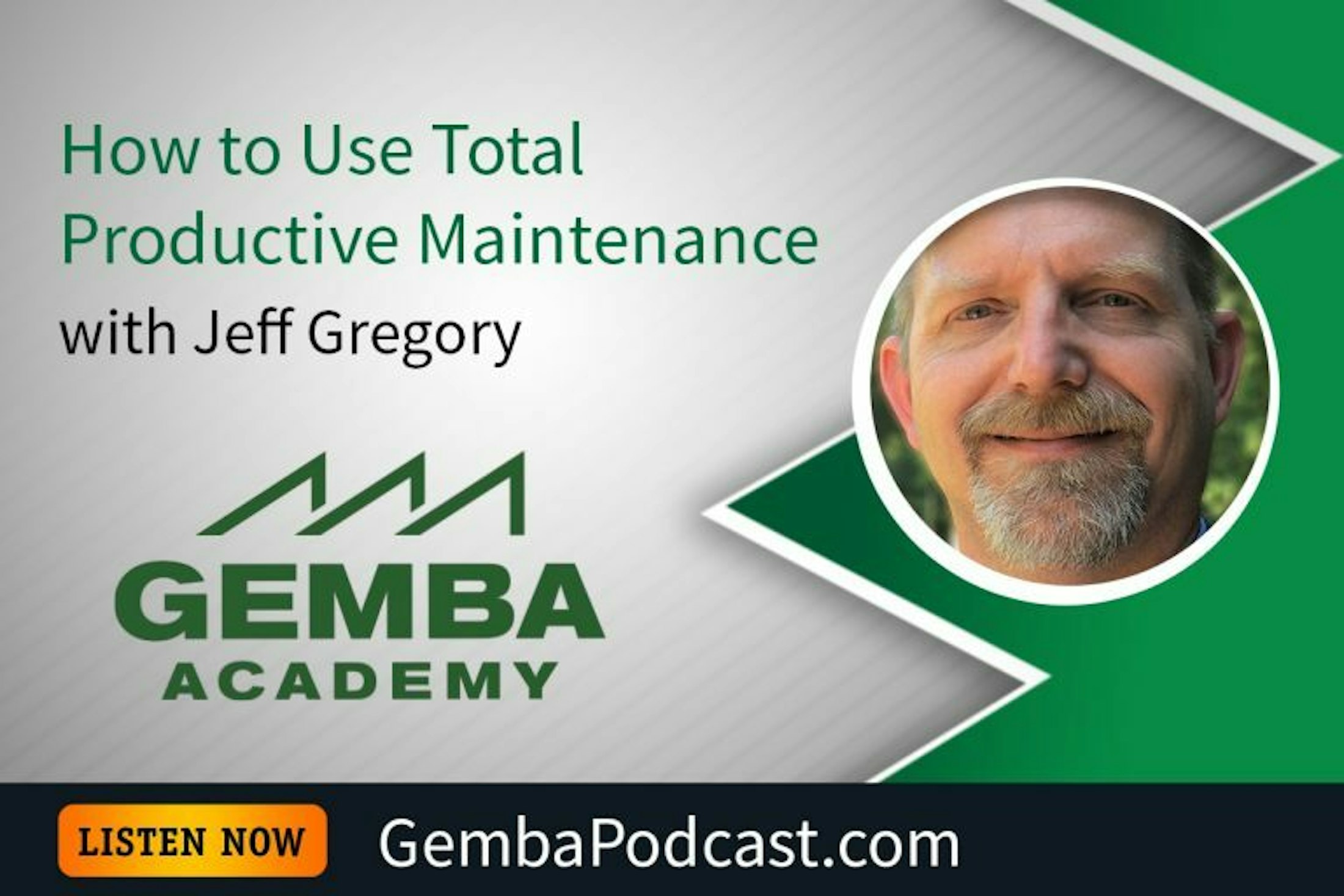Total Productive Maintenance
TPM, or Total Productive Maintenance, is a foundational element in any Lean manufacturing operation. The idea builds on 5S, a Lean tool for organizing work environments, to get operators involved in maintaining the equipment they use each day.
Together, TPM and 5S set the stage for driving sustainable improvements to the production process—and, by extension, benefit the entire organization and the end consumer.
In these next few sections, we’ll define TPM and break down its purpose, essential elements, and what you need to know before getting started.
What Is Total Productive Maintenance?
Total Productive Maintenance is a Lean philosophy that aims to achieve perfect production. That means no breakdowns, defects, accidents, or delays. It also encourages employees to take ownership of their machinery and, in turn, improve productivity, efficiency, and safety standards. TPM takes the tasks traditionally performed by maintenance workers and distributes them to the machine operators themselves.
The Definition of Total Productive Maintenance
Total Productive Maintenance is defined as a proactive approach to maintenance that aims to maximize equipment efficiency. As mentioned, this strategy is an extension of 5S that builds on the foundation of a well-organized work environment by adding well-functioning equipment into the fold.
TPM isn’t just a maintenance initiative, though—it’s a Lean methodology that aims to establish shared responsibility for caring for equipment.
Learning to work together to care for equipment can boost morale and improve collaboration across all levels of an organization. TPM also helps reduce waste, improve quality of work, and prevent costly downtime.
What Are the Key Elements of Total Productive Maintenance?
Total Productive Maintenance consists of a few key elements: the Eight Pillars, Four Phases, and Six Big Losses, as well as Overall Equipment Effectiveness (OEE), a metric for measuring equipment performance within the context of TPM.
Here’s a brief overview of each of these main focus areas.
Eight Pillars of TPM
The Eight Pillars of TPM represent a mix of preventive and proactive efforts to maintain and improve equipment reliability.
- Autonomous Maintenance
- Planned Maintenance
- Quality Maintenance
- Focused Improvement
- Early Equipment Management
- Training & Education
- Safety, Health, & Environment
- TPM in Administration
Six Big Losses and OEE
Overall equipment effectiveness (OEE) is a metric used to identify the percentage of planned production time that is actually productive.
OEE was explicitly designed to support TPM efforts and provide an accurate measure for tracking progress on the “perfect production.”
OEE helps organizations reduce the big losses of TPM, which include:
- Breakdowns
- Setup and adjustment losses
- Idling and minor stoppages
- Reduced speed
- Defects and rework
- Start-up losses
The Four Phases of TPM
Practicing TPM breaks down into four basic stages:
- Stabilize current state and restore equipment
- Measure the Six Big Losses
- Eliminate losses
- Improve design
How to Practice Total Productive Maintenance
If you’re considering rolling out a TPM strategy, start by assessing the following:
- Which areas are the easiest to improve?
- Where are there constraints or bottlenecks in your process?
- Which areas stand to have the most impact on your business?
- Restore existing equipment to prime condition.
- Build consensus between maintenance workers and machine operators on which routine tasks can be taken on by operators.
- Measure baseline OEE.
For more guidance, Gemba Academy’s Total Productive Maintenance Course will introduce the concept of TPM and walk you through its Eight Pillars, Six Losses, and Four Phases.
Watch the first video free to learn more about what this course entails.
Total Productive Maintenance Podcasts
Our free podcasts provide real world insights into practicing Total Productive Maintenance.

The Eight Pillars of Total Productive Maintenance
Ron and guest Balaji Chandrasekar review the pillars of TPM, the challenges involved, and more.
Listen Now
How To Use Total Productive Maintenance
Guest Jeff Gregory, a consultant with a strong industry background, and Ron talk all about TPM, OEE, and much more.
Listen NowAdditional Video Content
- Learn What Total Productive Maintenance (TPM) is in this Overview Video
- See an Example of a Kamishibai / TPM Audit System
Blog Articles
New blog articles are published weekly. The following collection of articles are TPM focused.
Stay Up to Date on Total Productive Maintenance
Make sure to sign up for our newsletter for all of our new video release notifications, Lean news, podcasts and more!
Your message has been sent. We'll get back to you soon!
Sorry, there was an error with your submission: